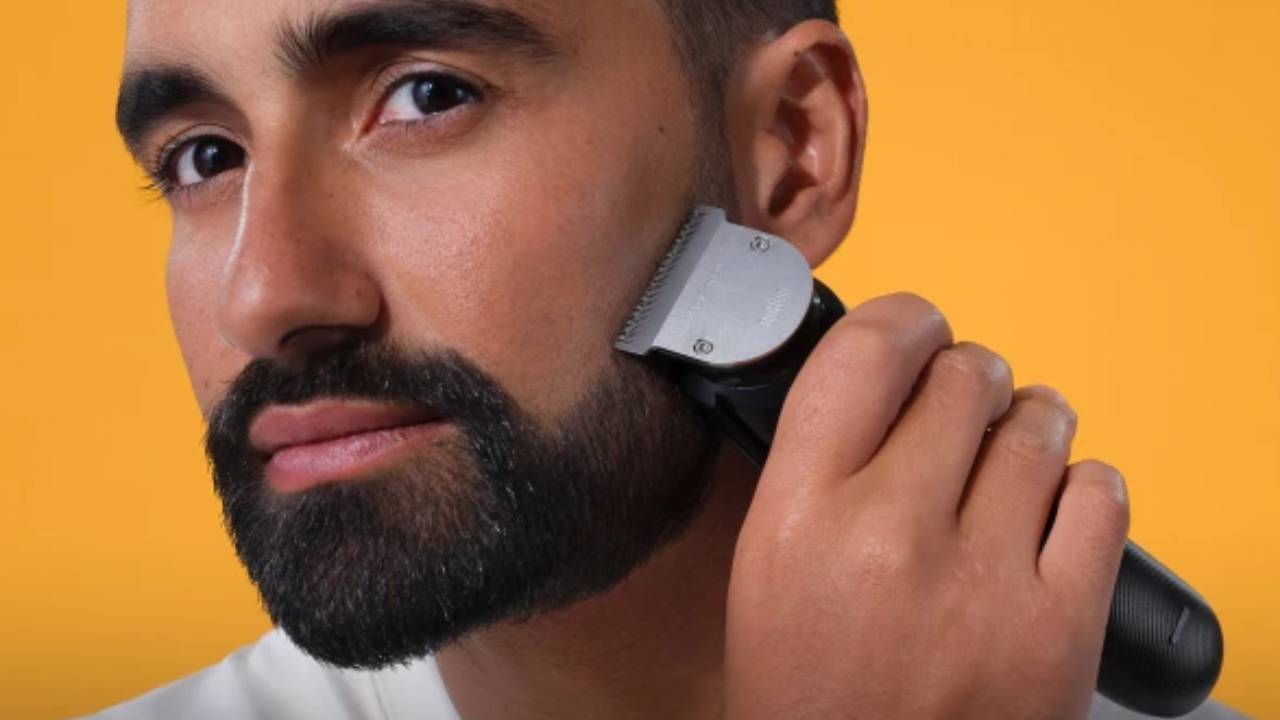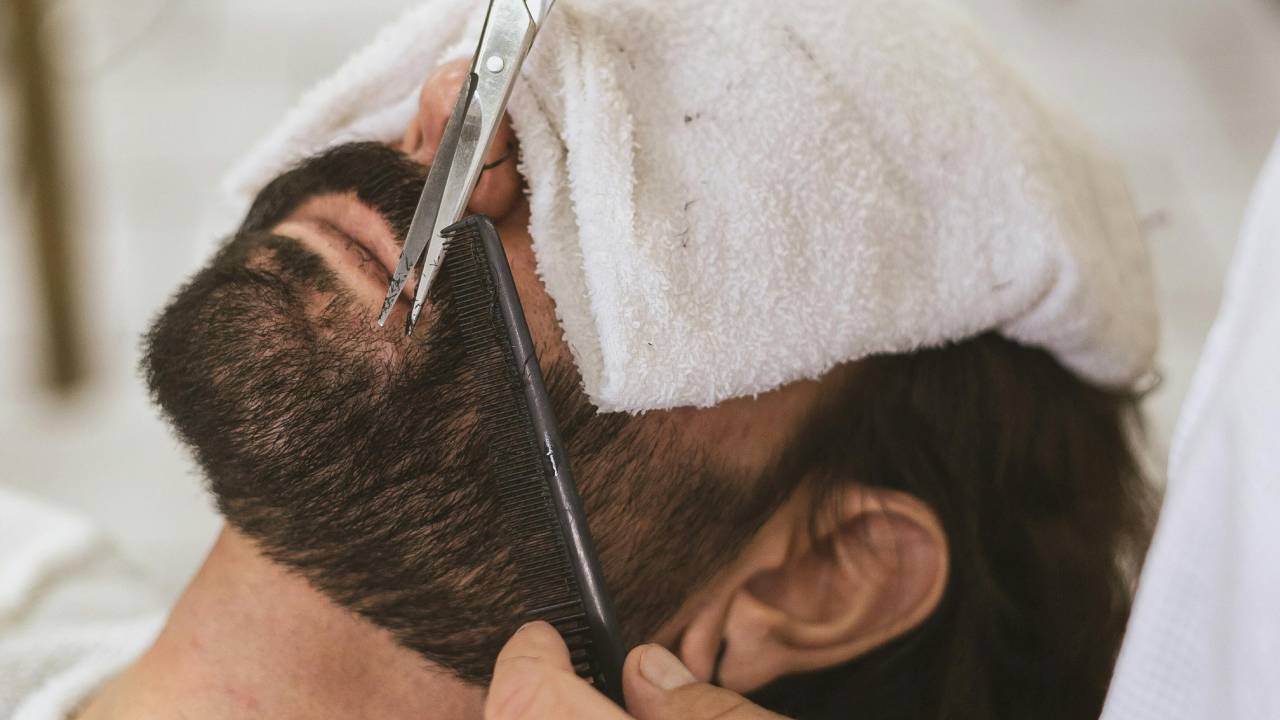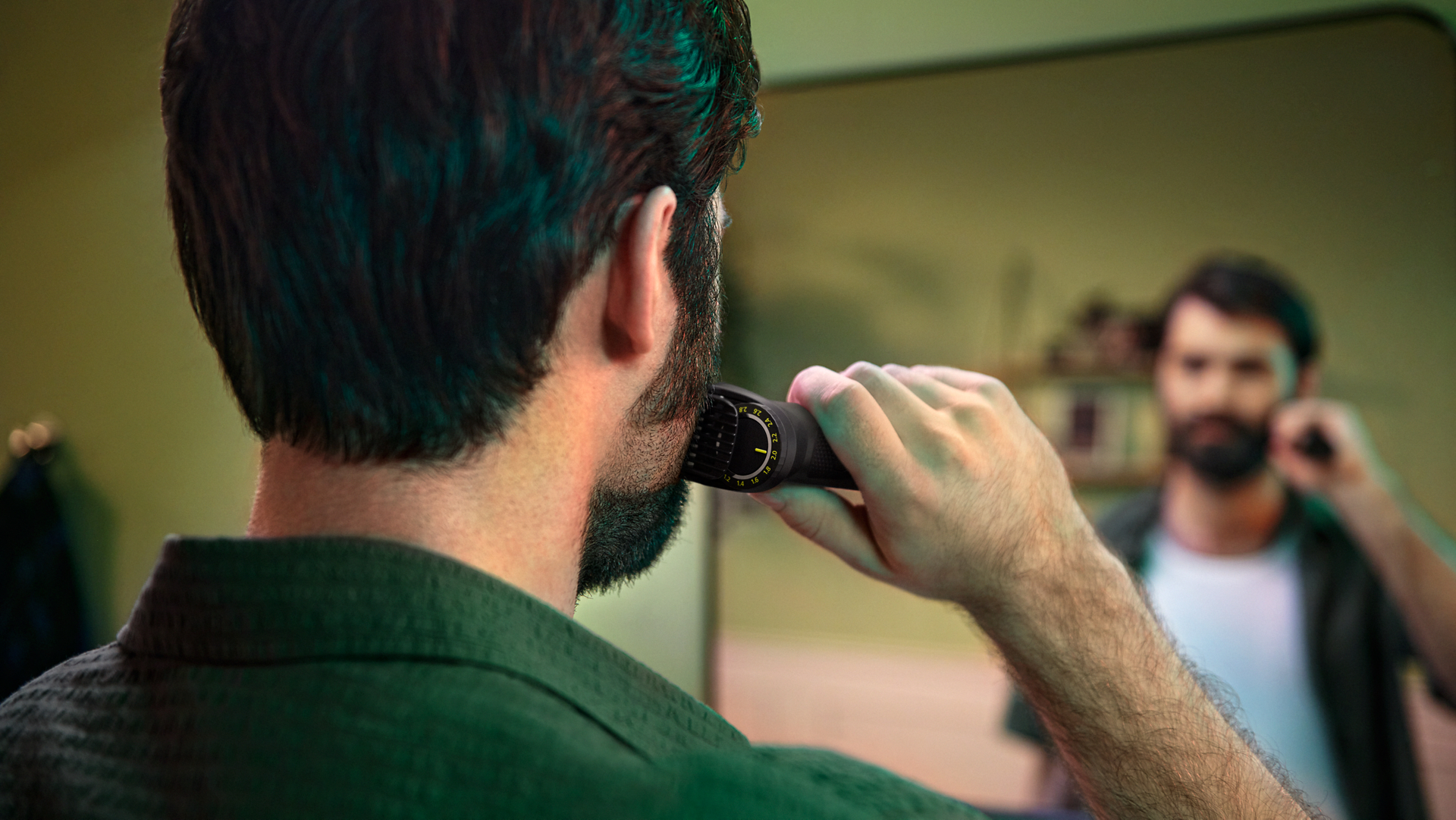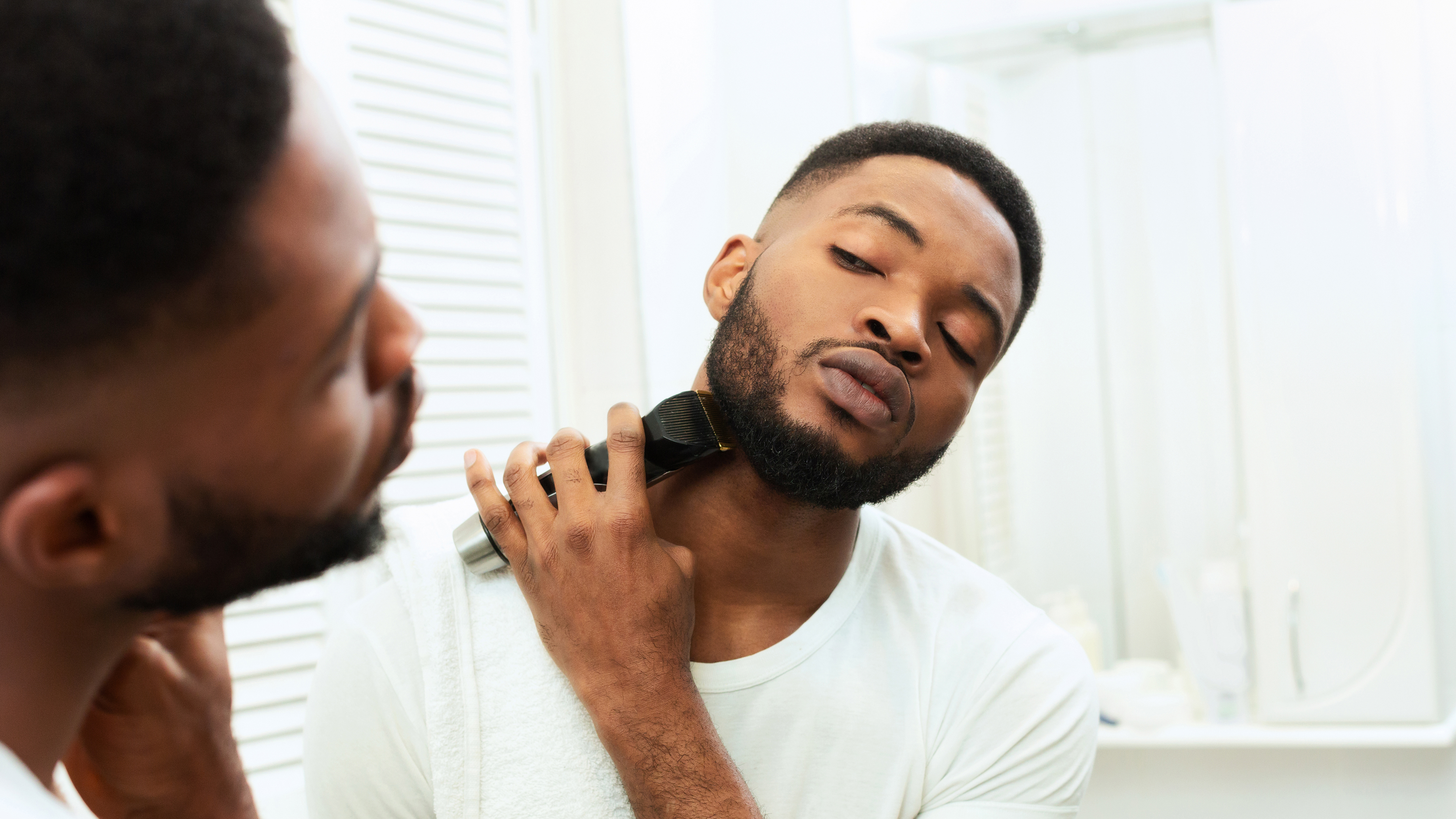
With Movember now upon us, lots of people are thinking about growing a beard (or any facial hair) for a good cause, and will then run into the common, and very treatable, problem of patchiness.
By using the best beard trimmers and beard oil, as well as being kind to your skin and facial hair, growing a beard while avoiding patches is possible. Many people have a patchy beard, across all age ranges, and a patchy beard can be down to genetics, hormones, growth cycle variations, and age or lifestyle – in other words, a lot of different factors.
Beard density and growth patterns are often hereditary, and testosterone and dihydrotestosterone (DHT) levels can impact growth, too. Hair has its own growth cycles, and younger people often have patchier facial hair.
How to avoid a patchy beard

The first thing to note is that, as we mentioned above, there are a lot of factors that go into the patchiness (or lack thereof) of a beard, and many of them are simply outside of your control, like your genetic predisposition to dense hair growth. Other factors, like stress, are within our control to a certain extent, but can lead to vicious cycles in some cases.
When starting to grow a beard, giving it between four to eight weeks to see its natural pattern, as early trimming can interrupt thicker areas, and make sure that you undertake regular grooming, including regular washing, conditioning, and brushing.
Of course, you don't want to let things grow too wild, so after a period of time, a strategic trim likely wouldn't go amiss, helping to shape the beard. Trimming longer areas to the length of shorter areas may also be helpful.
Another thing to consider is choosing a different style of facial hair, such as just a moustache, having a goatee, or going for stubble. There are lots of partial beard looks out there, and these might end up looking more natural.
Which are the best products for a patchy beard?

While a lot of things are outside of your control, getting the right tools is firmly within your control, and the right beard trimmer is essential.
The Philips Series 7000 trimmer comes with the company's BeadSense technology, which constantly scans the beard's density to slightly adjust the trim. Something like the Philips BT9000 Prestige, our top pick, ensures that the beard is being trimmed by the very best tools.
Once you've got the trimmer, the next step is to look at beard oils and other kinds of balms. Products that moisturise and add volume will help cover patchy areas. Each persons is different, and so we recommend experimenting with a few different formulas to see if any work for you.
Exfoliators and conditioners can also clear pores and improve skin health beneath the beard, which can help hair growth and to reduce patchiness in certain areas.
How do I grow my beard while avoiding patches?

Growing a beard that is free of patches is going to take a mixture of genetic luck, having the right tools, and ensuring that the beard is in the right environment to grow – one of low stress, a balanced diet, and getting enough sleep and exercise.
If your facial hair is patchy, don't worry: these issues are very common, and worrying about them can actually be counterproductive. If you experiencing issues of excessive hair loss, we do recommend seeking medical advice.
Growing a patch-free beard takes patience and care, but with the right grooming routine, style choices, and lifestyle habits, you can achieve a fuller look. Embrace the journey, focus on what works best for you, and remember that a well-groomed, healthy beard is always in style.







